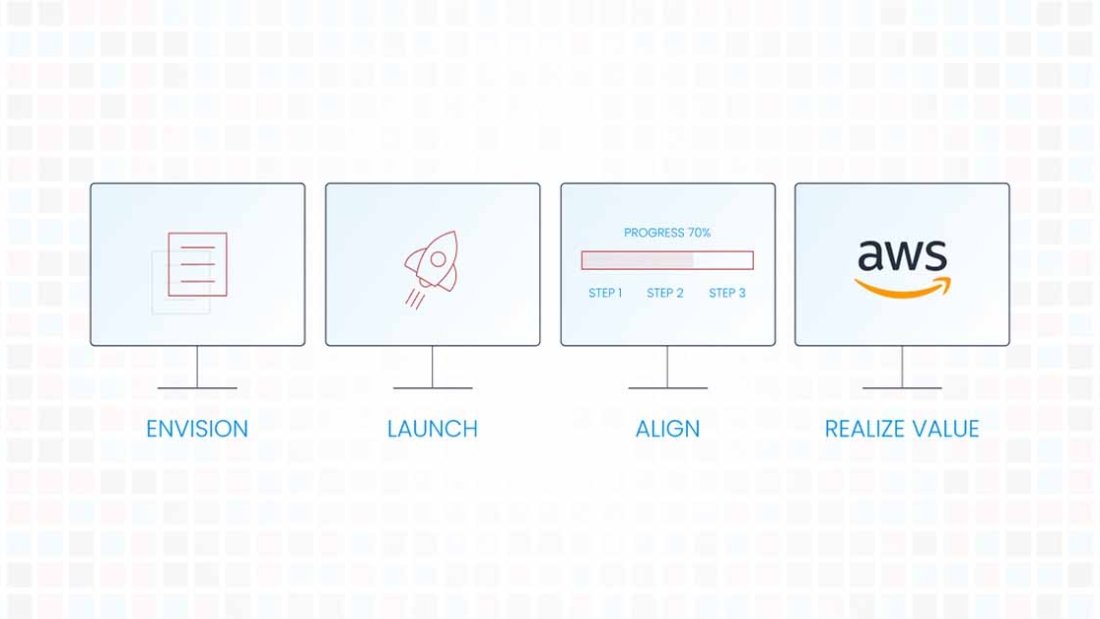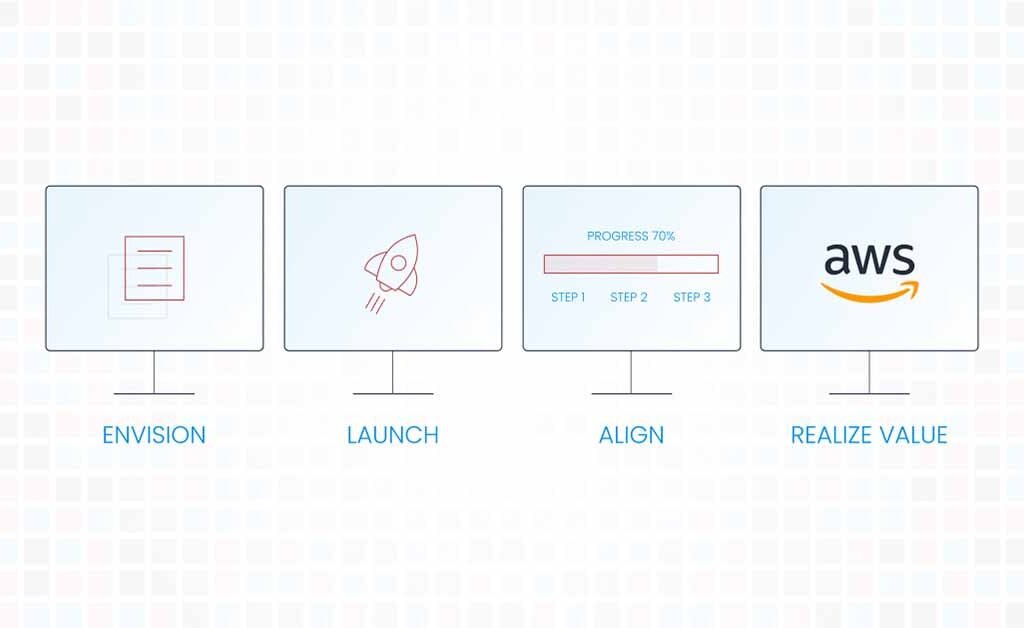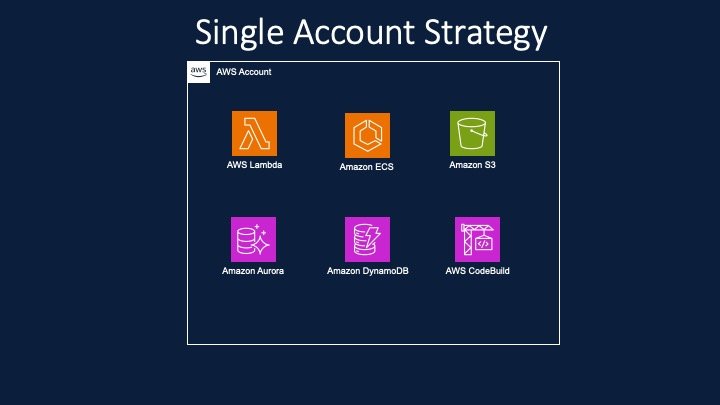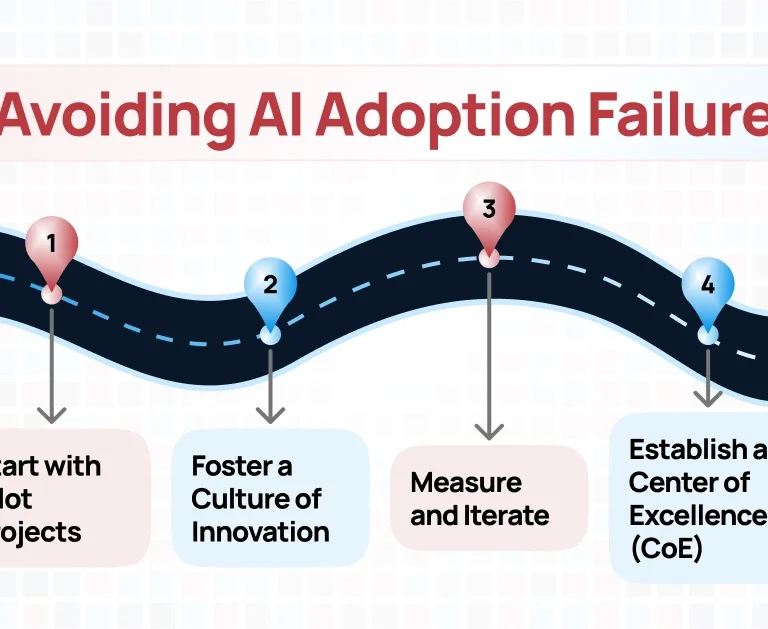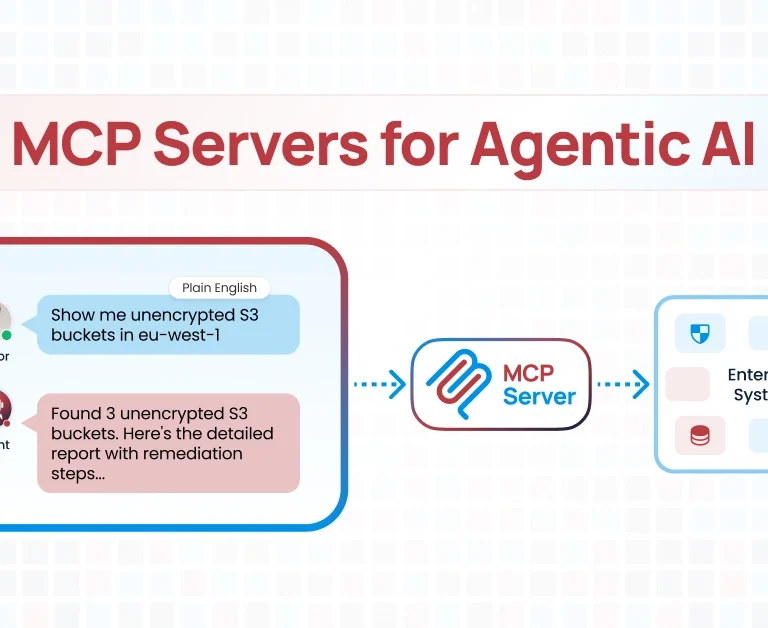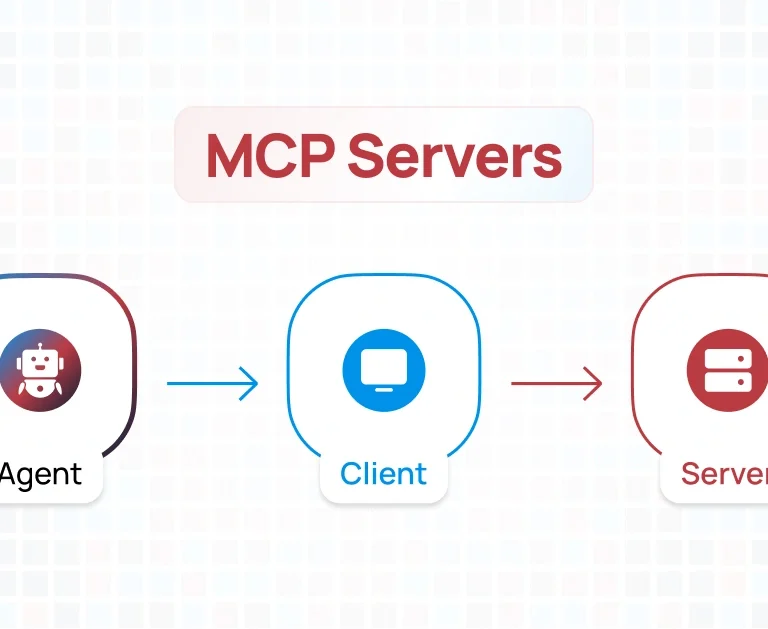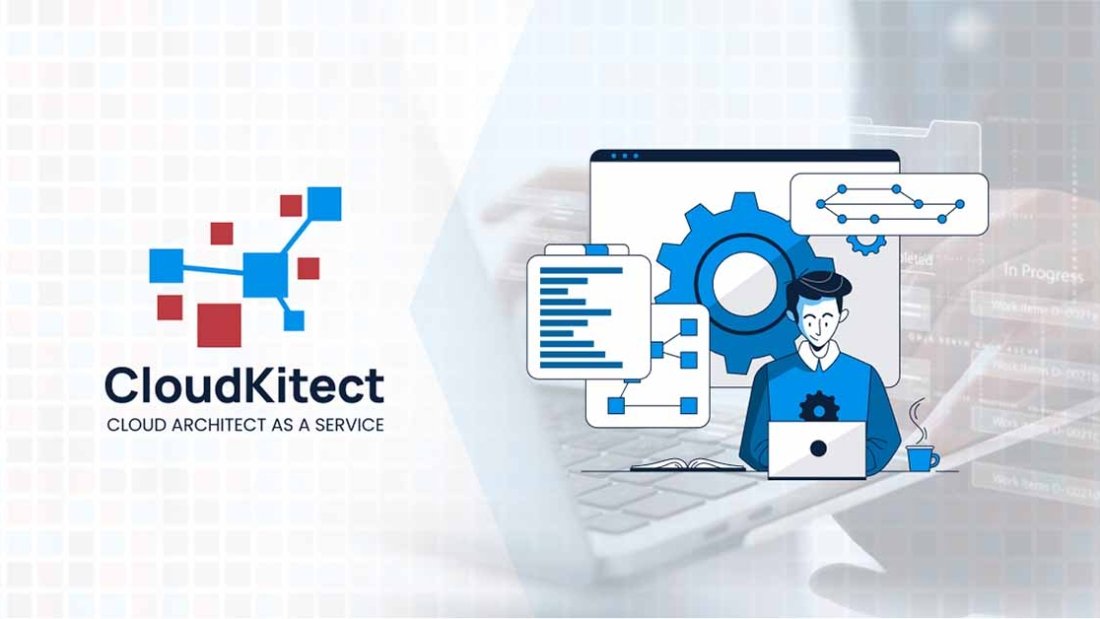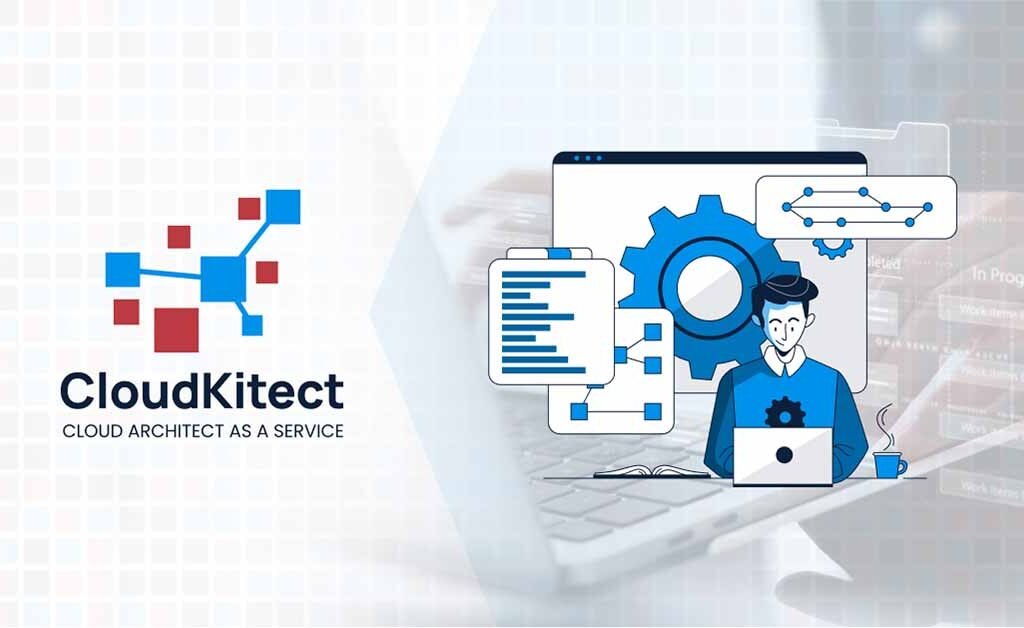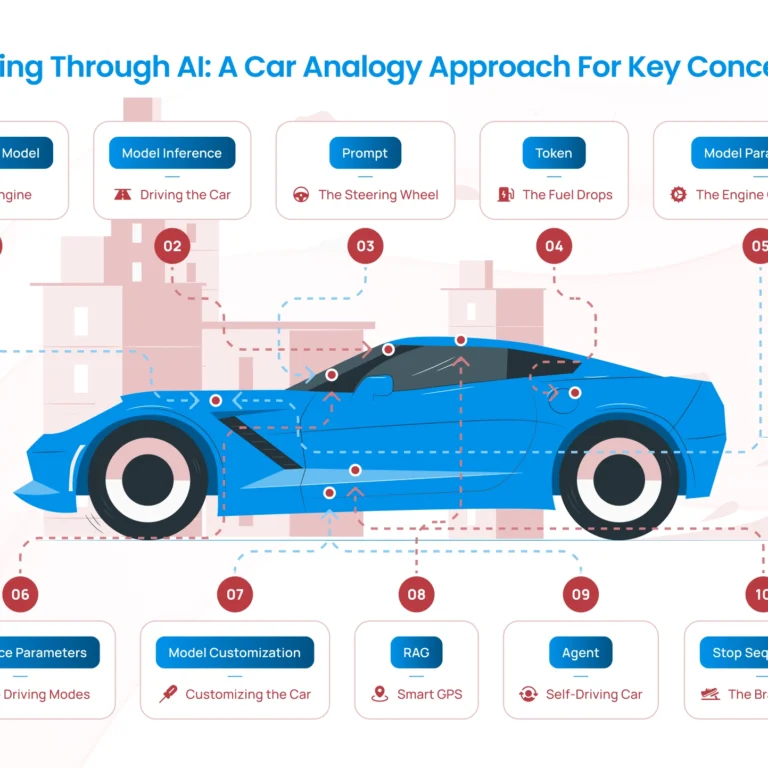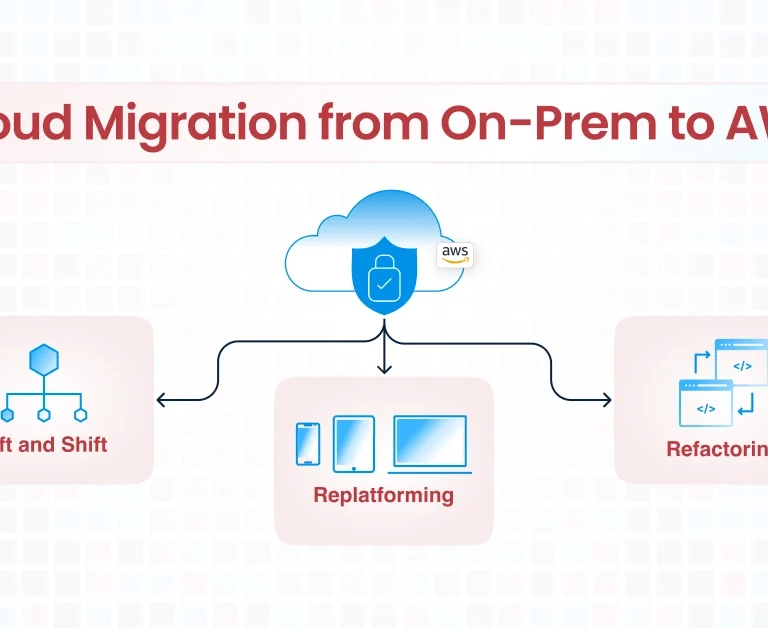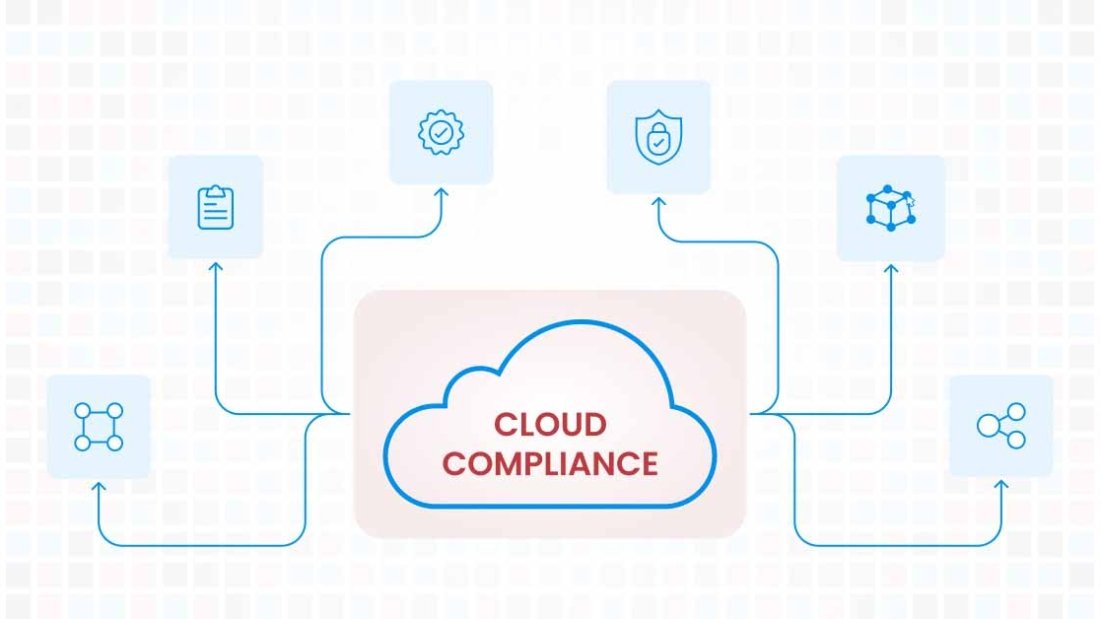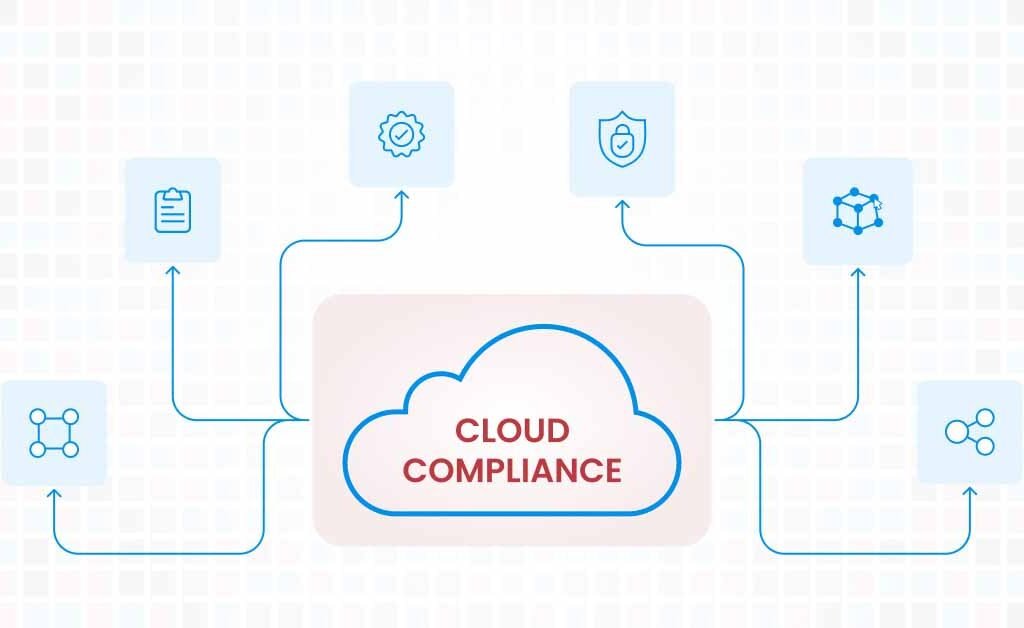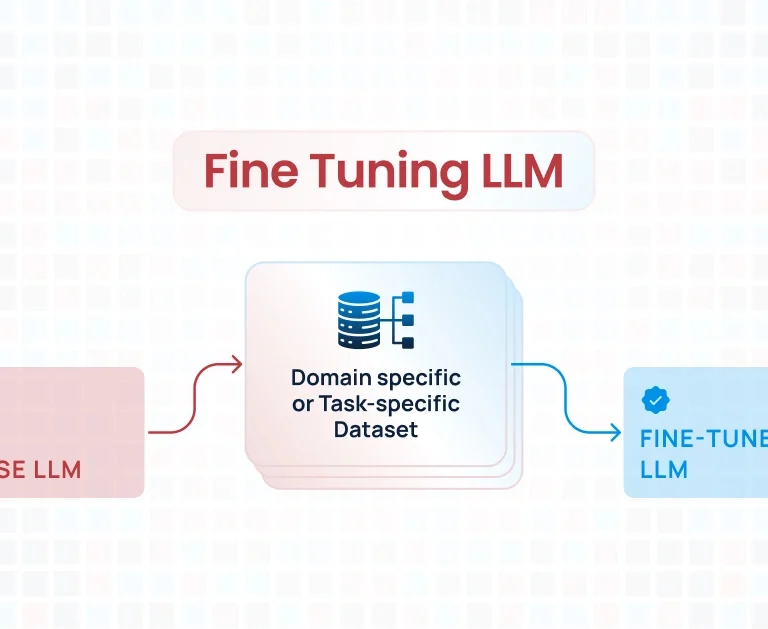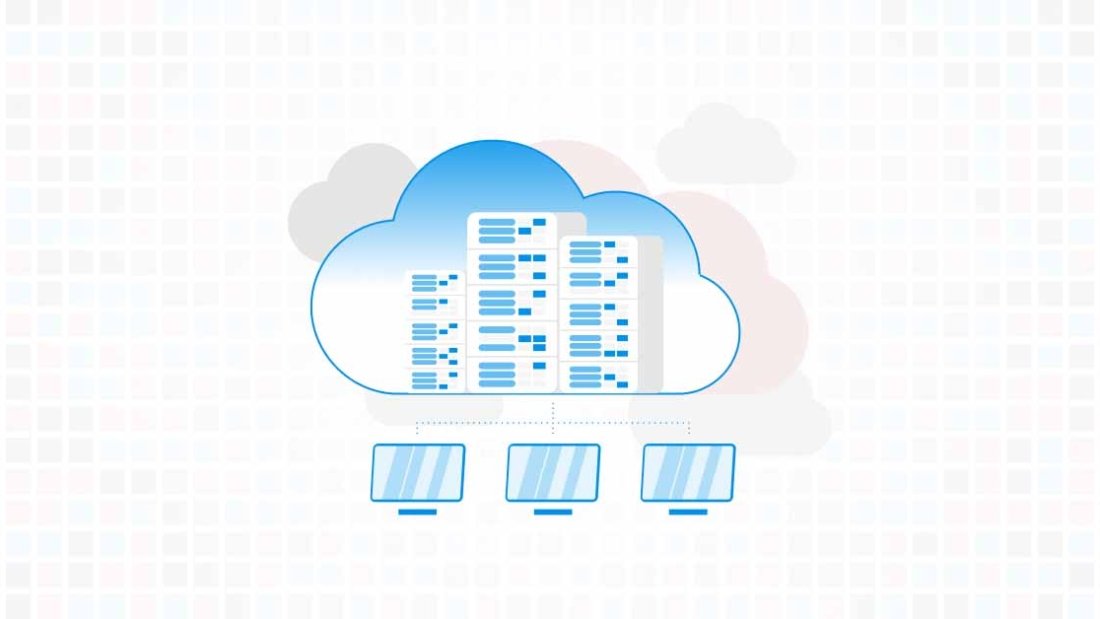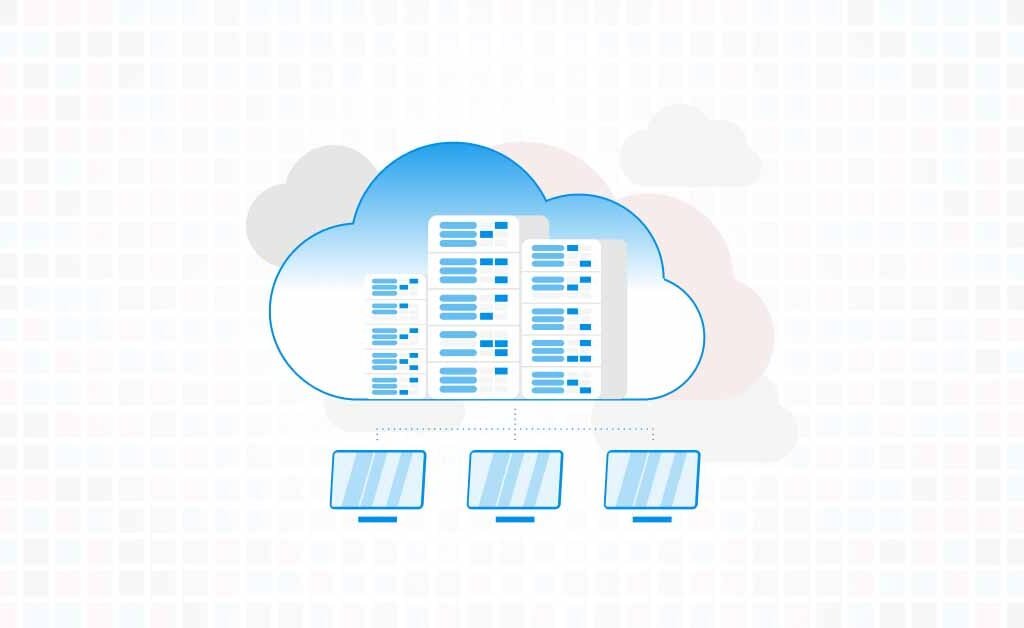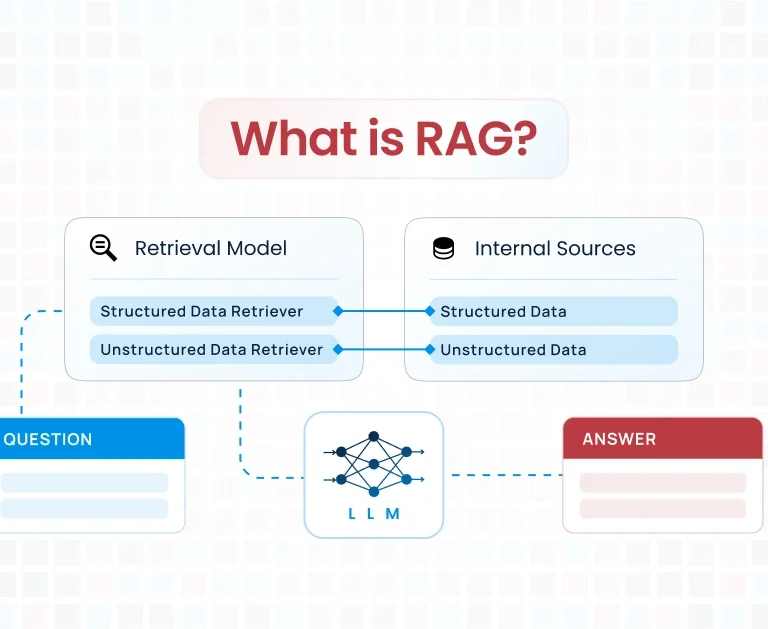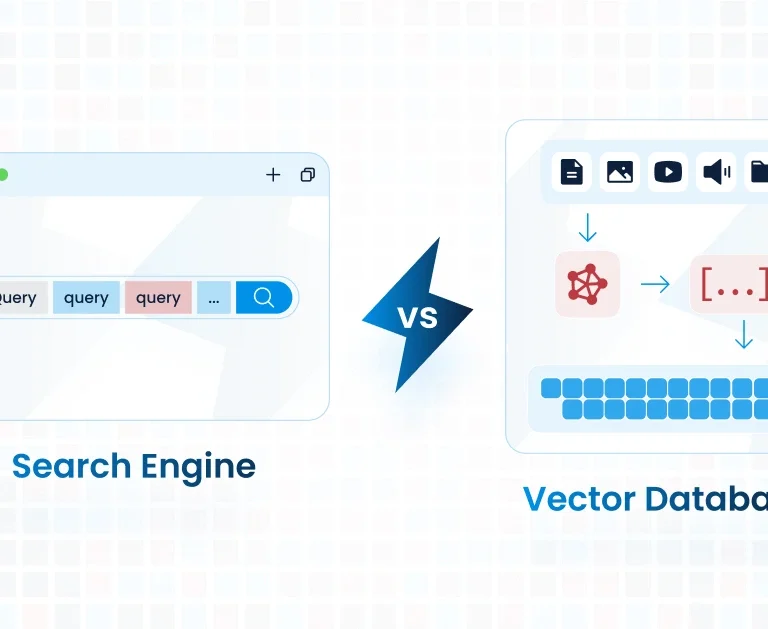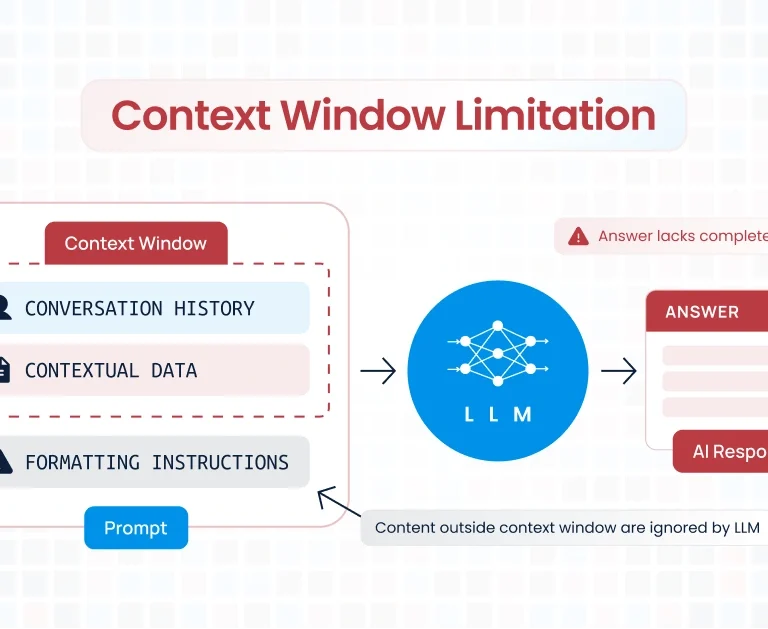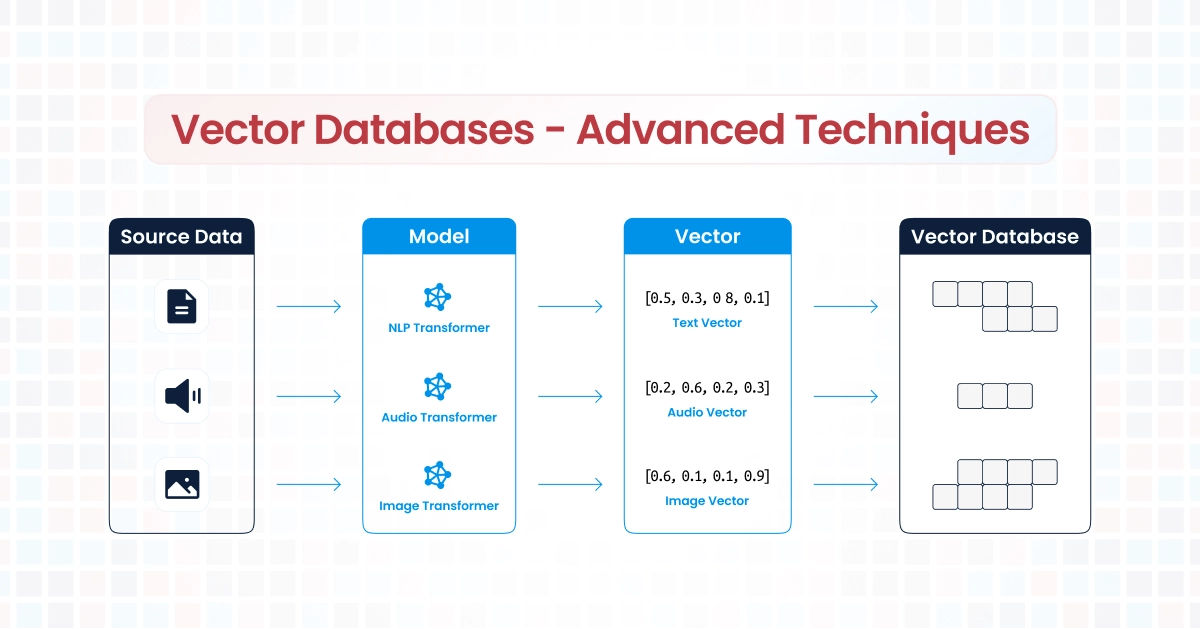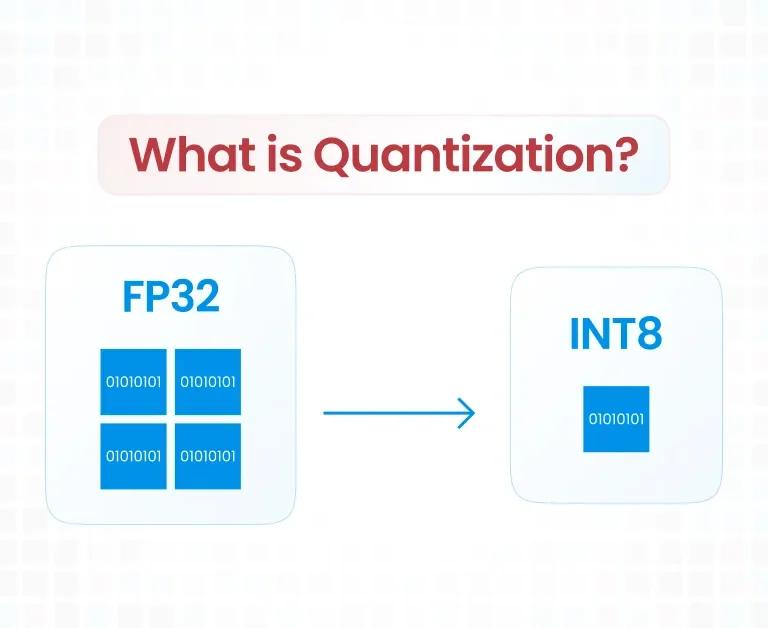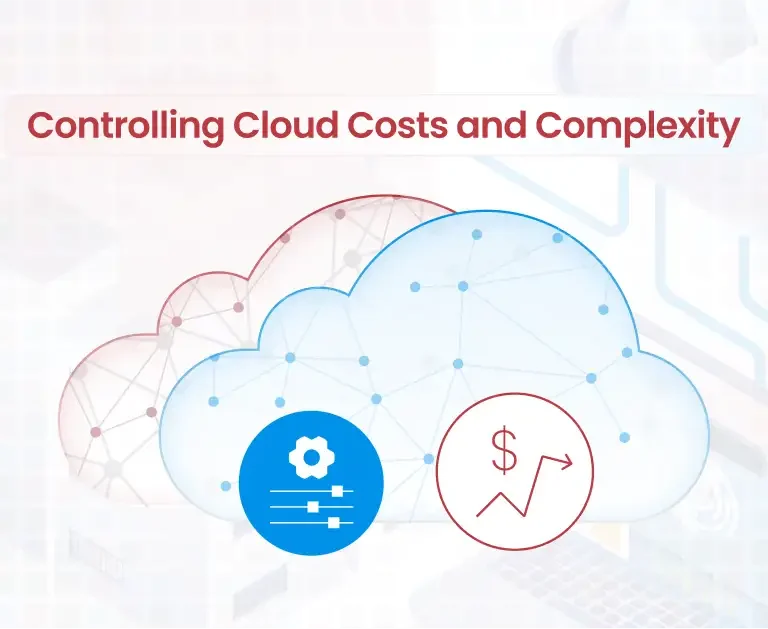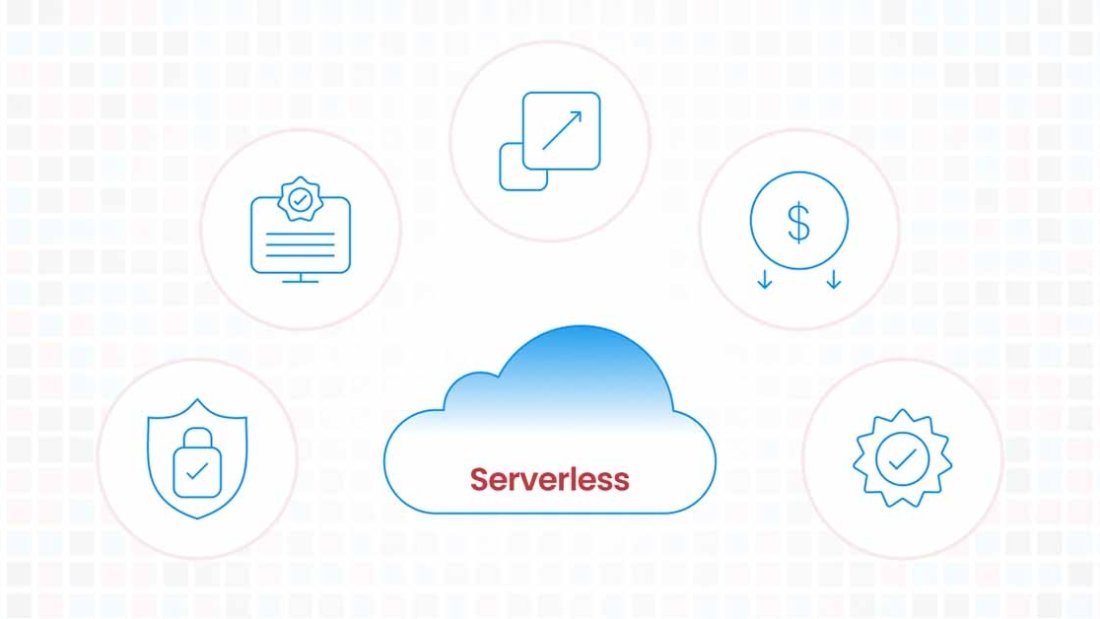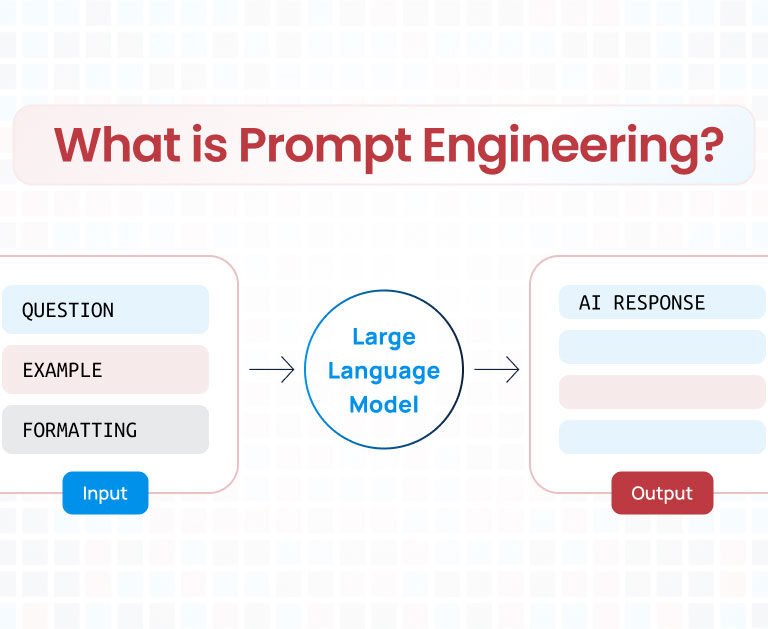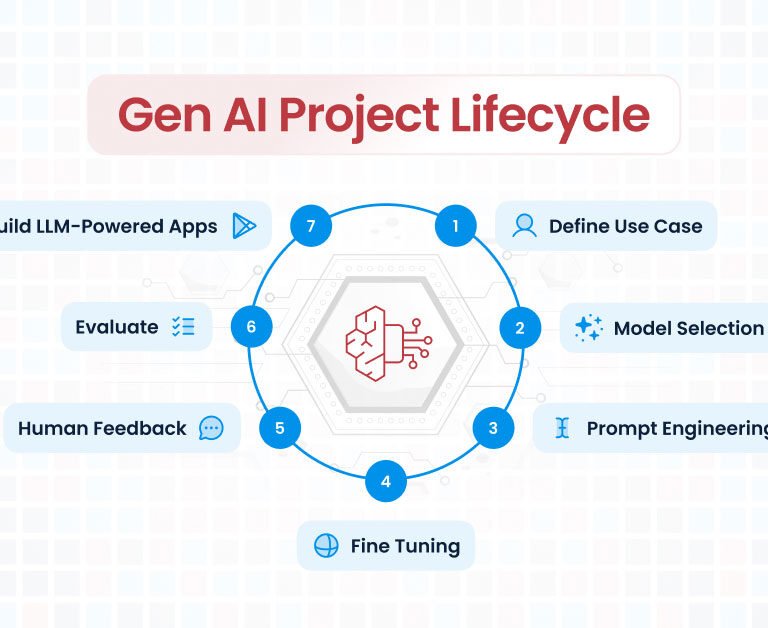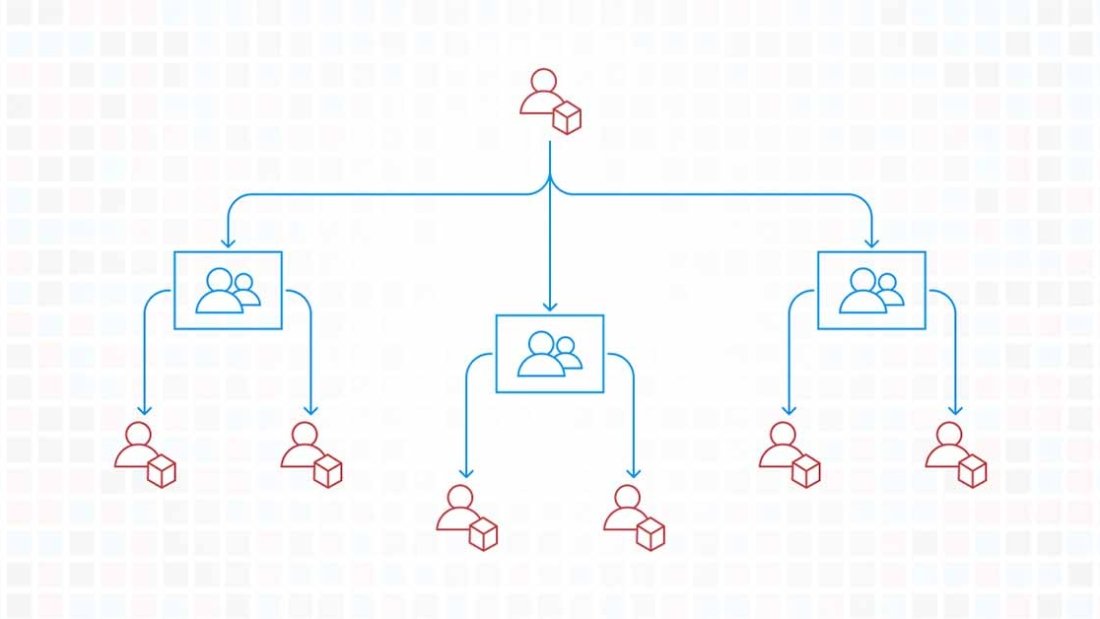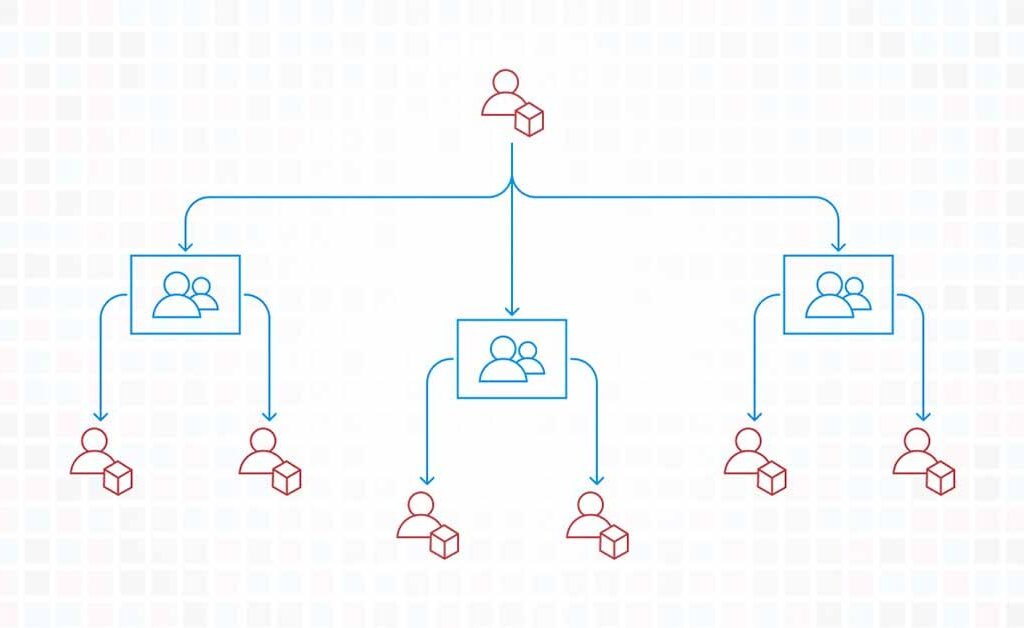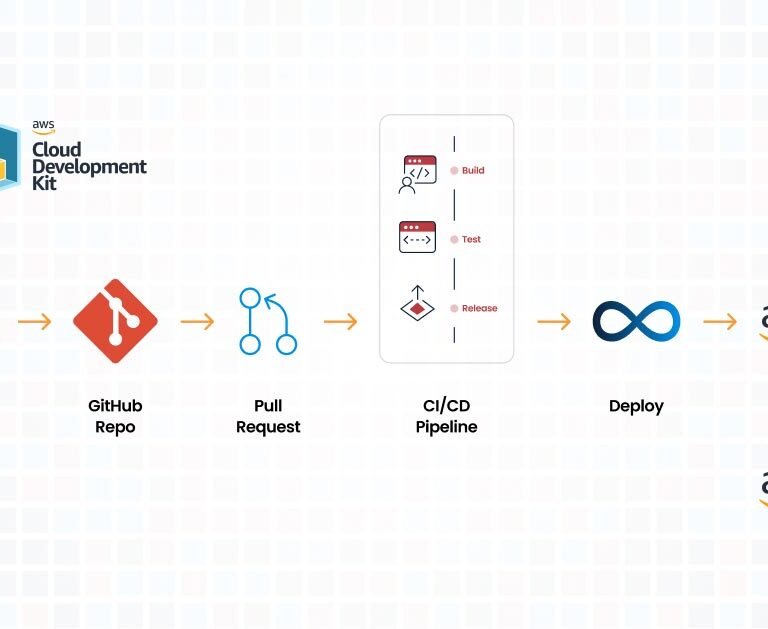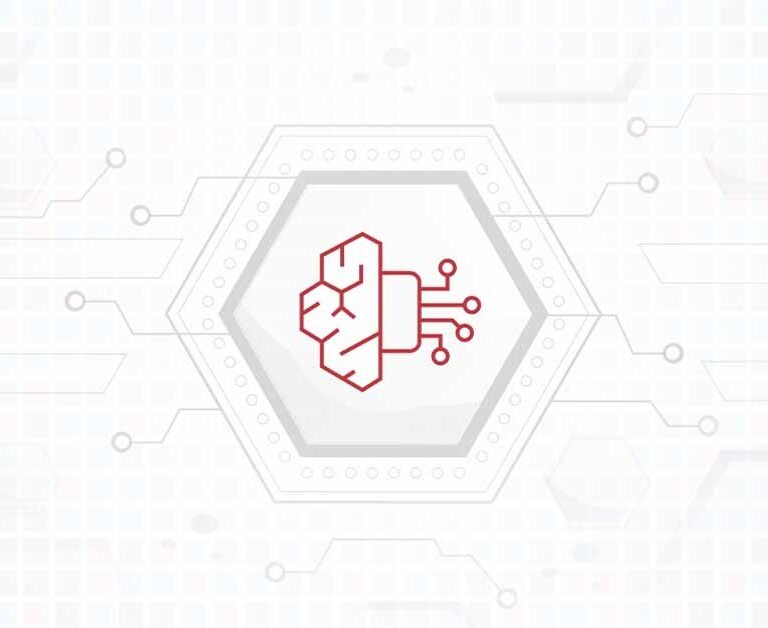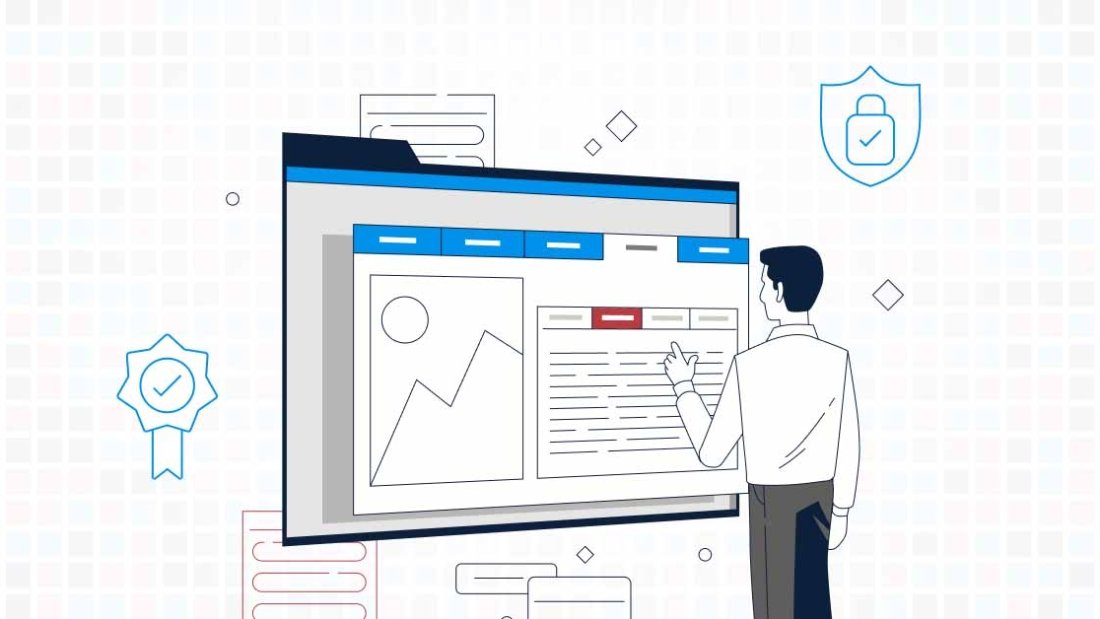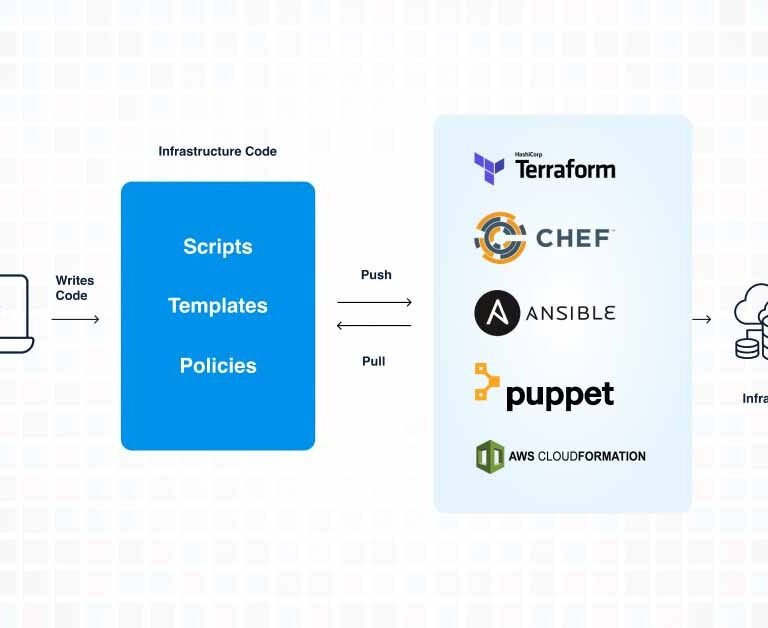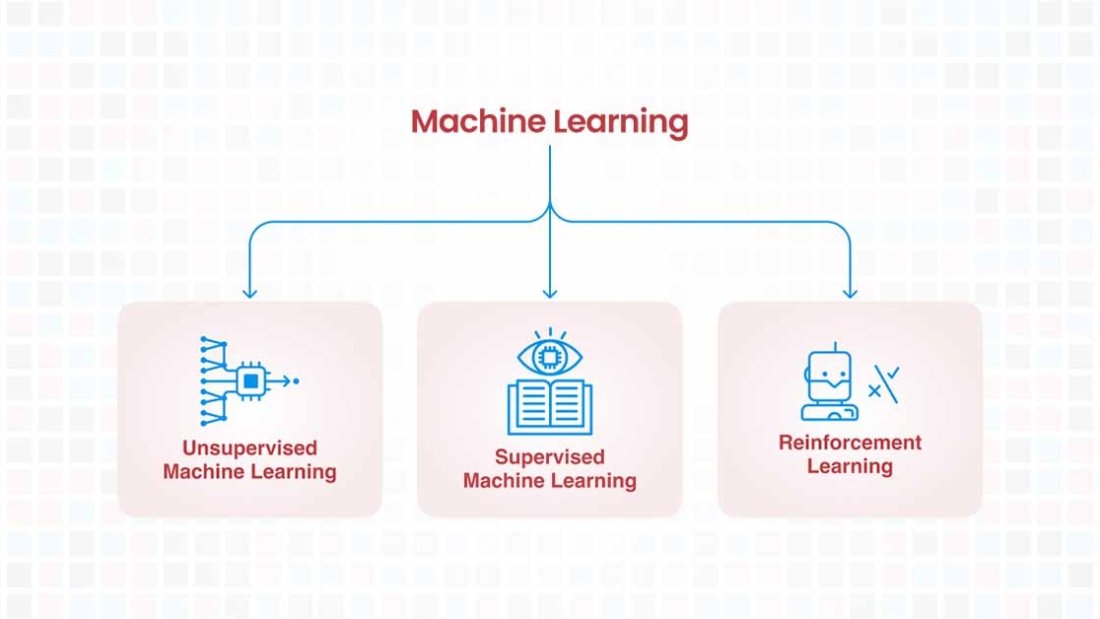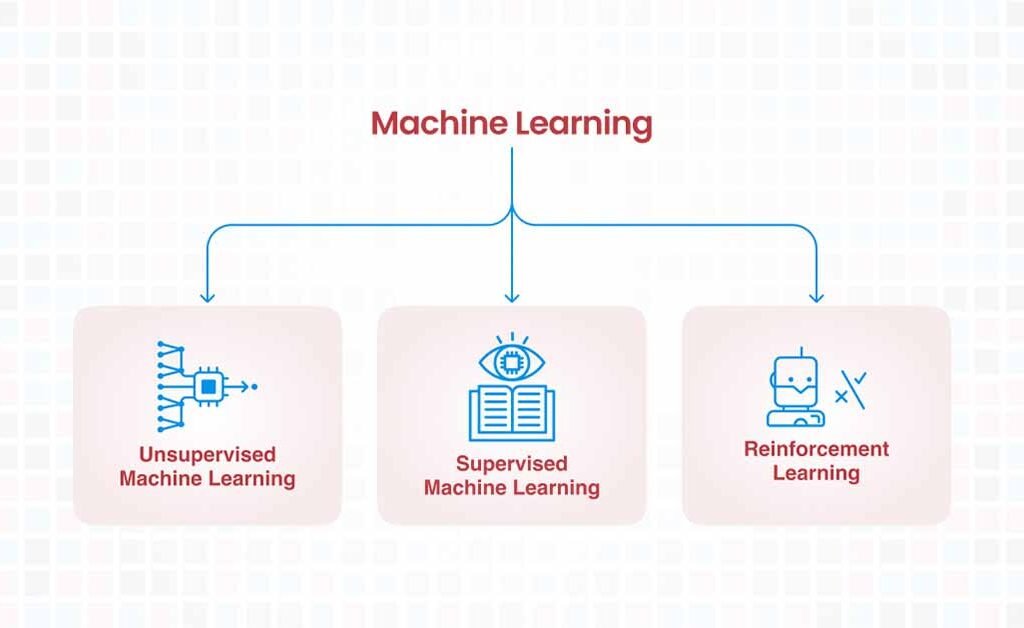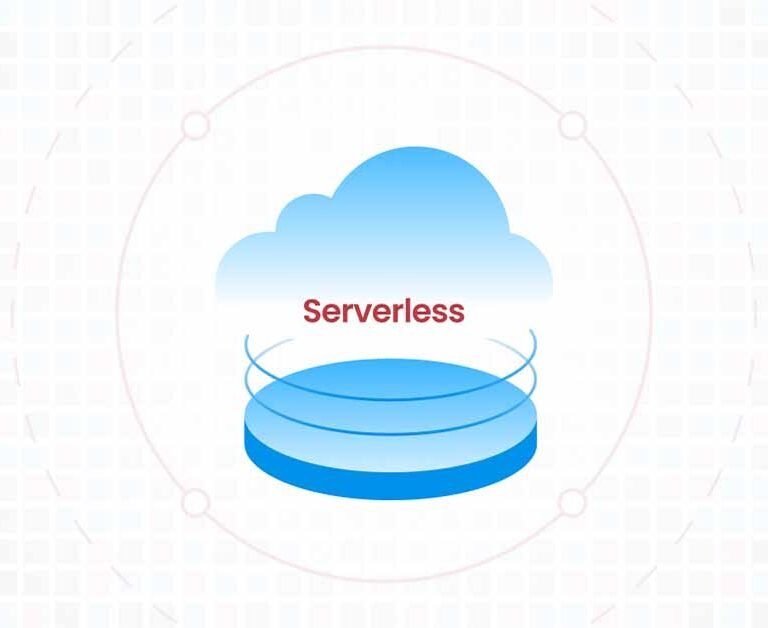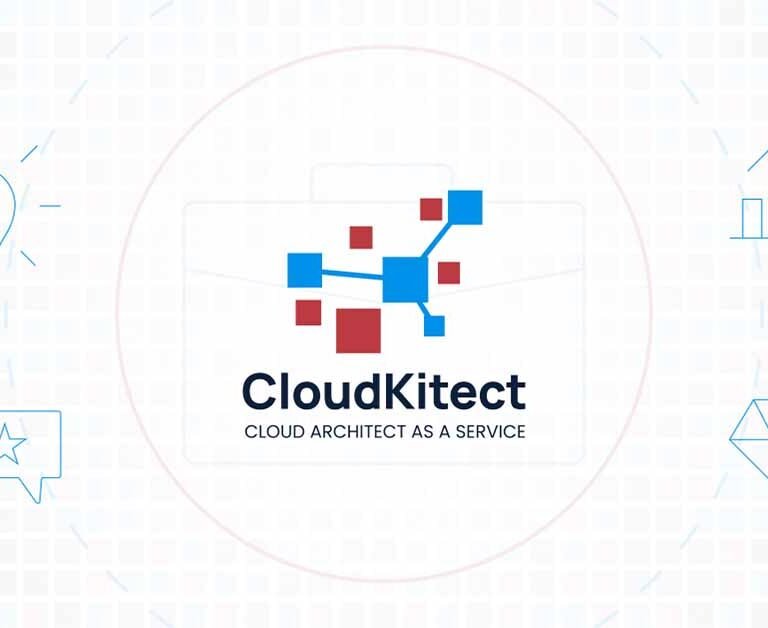Introduction
Welcome to this comprehensive tutorial on AWS adoption strategies! In this guide, we will explore a spectrum of AWS infrastructure configuration approaches, ranging from the fundamental basics to more advanced and sophisticated setups. AWS, or Amazon Web Services, offers a robust cloud computing platform, and understanding how to structure your infrastructure is crucial for optimizing security, efficiency, and scalability.
The Basic AWS Setup
Many organizations kickstart their AWS journey by deploying all their application resources within a single AWS account. It’s a straightforward and convenient approach, but it’s not necessarily aligned with best practices, especially regarding security. This common practice exposes systems to a high risk of misconfiguration, potentially leading to security breaches and data loss. To establish a more robust and secure AWS environment, it’s essential to explore advanced account structures and resource partitioning strategies that align better with security and operational best practices.
A Simple Two-Account Strategy
A significant step up from the basic setup is adopting a two-account strategy. In this approach, every organization should maintain at least two separate AWS accounts:
- Development Account: Dedicated to the development and testing of applications.
- Production Account: Solely for hosting production workloads, with provisions for automation in deployment processes.
This dual-account structure offers several advantages, primarily bolstering security. By segregating development and production environments, access to sensitive production data is limited, reducing the risk of accidental deletions and enhancing data protection. This separation aligns with security best practices and contributes to the overall stability and reliability of your AWS infrastructure.
AWS Account Management with Control Tower

Taking AWS account management to the next level involves the use of a dedicated AWS account for management purposes and integrating the AWS Control Tower service to create a basic landing zone. This approach results in the establishment of two distinct organizational units:
- Security Organization Unit: Comprising an ‘audit’ account for security checks and a ‘centralized logging’ account for log consolidation and enhanced monitoring.
- Workloads Organization Unit: Further refining the architecture, this organizational unit divides into a ‘Dev OU’ tailored for development workloads and a ‘Prod OU’ exclusively for hosting production workloads.
This meticulously structured setup serves as a robust foundation, allowing scalability and future maturity without the need for extensive overhauls. It not only enhances security but also optimizes resource management, setting the stage for an efficient and adaptable AWS infrastructure.
The Enhanced Landing Zone - Strategies for SMBs and Enterprises

For those seeking an even more advanced AWS setup, CloudKitect recommends the Enhanced Landing Zone approach. This configuration introduces additional organizational units, including a ‘Sandbox OU’ for developer experimentation and an ‘Infrastructure OU’ dedicated to shared services like Route53. Within the ‘workloads OU,’ further refinement is achieved by establishing distinct organizational units for development, staging, and production environments. Each unit is equipped with specific security control policies, ensuring a fine-tuned approach to security management.
To enhance security further, this strategy deploys config rules in each account for compliance checks against industry standards such as PCI, NIST, and CIS. The results of these checks are directed to an audit account configured with Security Hub, Amazon Macie, and GuardDuty to conduct in-depth analysis and report on compliance and security violations. Additionally, a central logging account is designated to receive logs from every account, facilitating comprehensive log analysis and improving overall security posture.
Conclusion
The success of your AWS journey lies in its foundation. While the complexity of AWS infrastructure may seem daunting, establishing the right organizational structure, implementing security policies, and optimizing resource management are essential. Fortunately, CloudKitect offers proprietary tools that streamline this entire infrastructure setup, reducing it from a potentially daunting task to a process that can be completed in just a few hours.
Remember, a well-structured AWS environment not only enhances security but also sets the stage for efficient operations, scalability, and future growth. So, whether you’re just starting your AWS journey or looking to refine your existing setup, mastering these AWS adoption strategies is a step in the right direction.
Talk to Our Cloud/AI Experts
Search Blog
About us
CloudKitect revolutionizes the way technology startups adopt cloud computing by providing innovative, secure, and cost-effective turnkey solution that fast-tracks the digital transformation. CloudKitect offers Cloud Architect as a Service.
